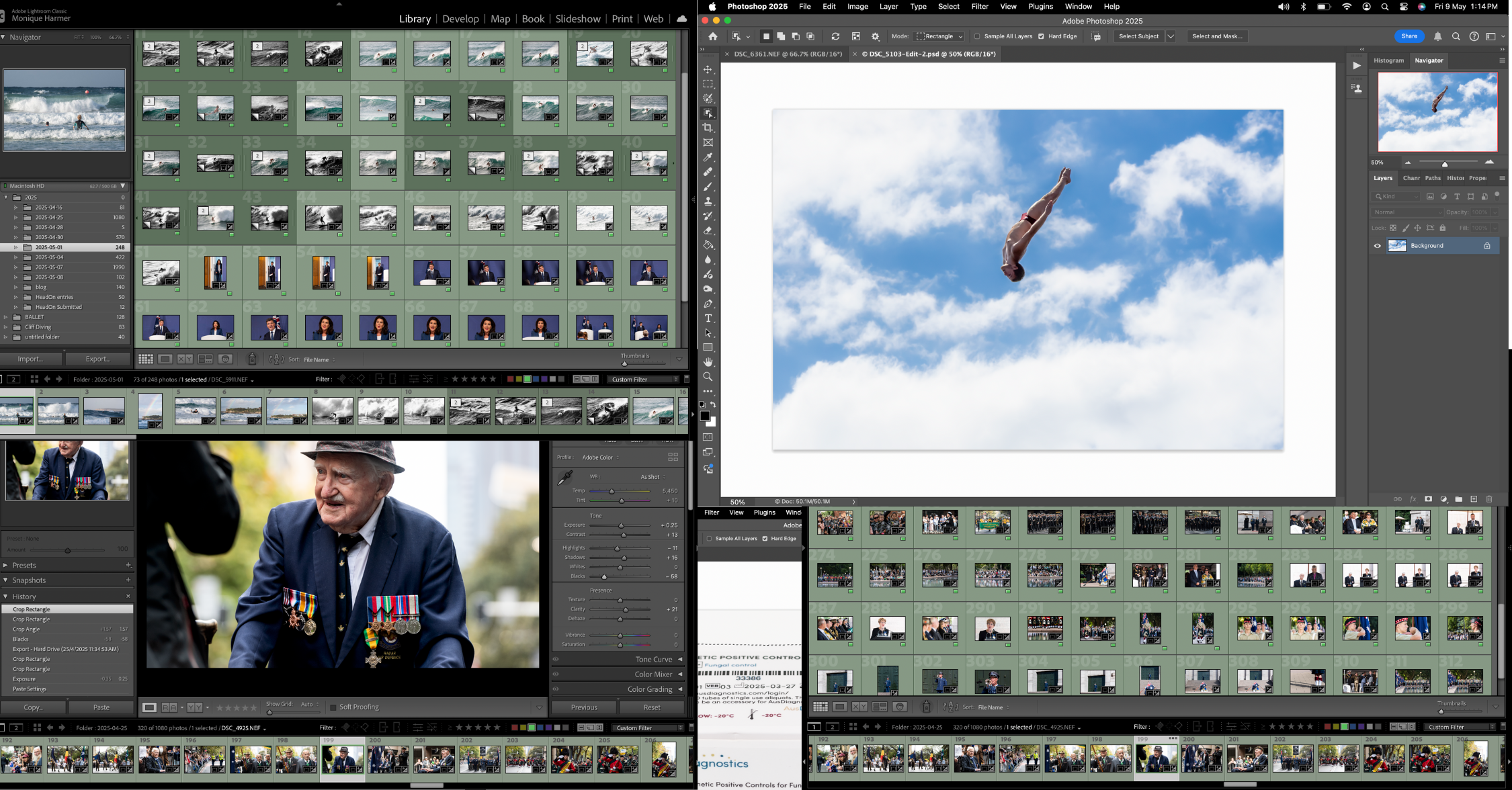
Edit Photos Like a Pro Lightroom Photoshop 2025
Mastering Creative Control📸 How to Edit Photos Like a Pro in Lightroom & Photoshop (2025 Creative Photographer’s Guide) How do you edit photos like a
Megapixels (MP) refer to the resolution of a camera sensor, or more specifically, the number of individual pixels that make up the image. For instance, a 12 MP camera has 12 million pixels, and a 24 MP camera has 24 million pixels. While megapixels play a role in determining the detail and size of an image, they don’t directly dictate the camera’s performance in low-light conditions. Here’s how megapixels are related to low-light performance and why they’re not the only factor:
In low-light situations, a camera’s ability to capture clear, detailed images with minimal noise is determined more by the sensor’s size, sensor quality, and pixel size, rather than just the megapixel count. Here’s why:
Example: A 24 MP sensor with large pixels (in a larger sensor like full-frame) can perform better in low light than a 24 MP sensor with smaller pixels (in a smaller sensor like APS-C or Micro Four Thirds).
Example: A 12 MP full-frame sensor will likely perform better in low light than a 24 MP APS-C sensor because the full-frame sensor has larger pixels, despite having fewer megapixels.
The camera’s ability to handle high ISO settings is also key to low-light performance. When you increase the ISO, the camera sensor becomes more sensitive to light, but it also increases noise. Cameras with larger sensors and lower megapixel counts are generally better at handling high ISO values because their larger pixels can absorb more light, producing less noise.
When choosing a camera for low-light photography, sensor size and pixel size (along with image processing and lens quality) are usually more important than the number of megapixels. If low-light performance is a top priority, focus on cameras with larger sensors (like full-frame) and lower megapixel counts (12 MP to 24 MP range), as they typically give you the best results in challenging lighting conditions.
No spam, notifications only about new blogs & updates.
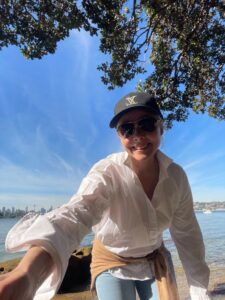
Personal and business brand image expert. Photographer and educator who is super passionate about empowering business women and men to have a positive self perception, with the right tools and guidance so they can share their gifts with the world.

Mastering Creative Control📸 How to Edit Photos Like a Pro in Lightroom & Photoshop (2025 Creative Photographer’s Guide) How do you edit photos like a
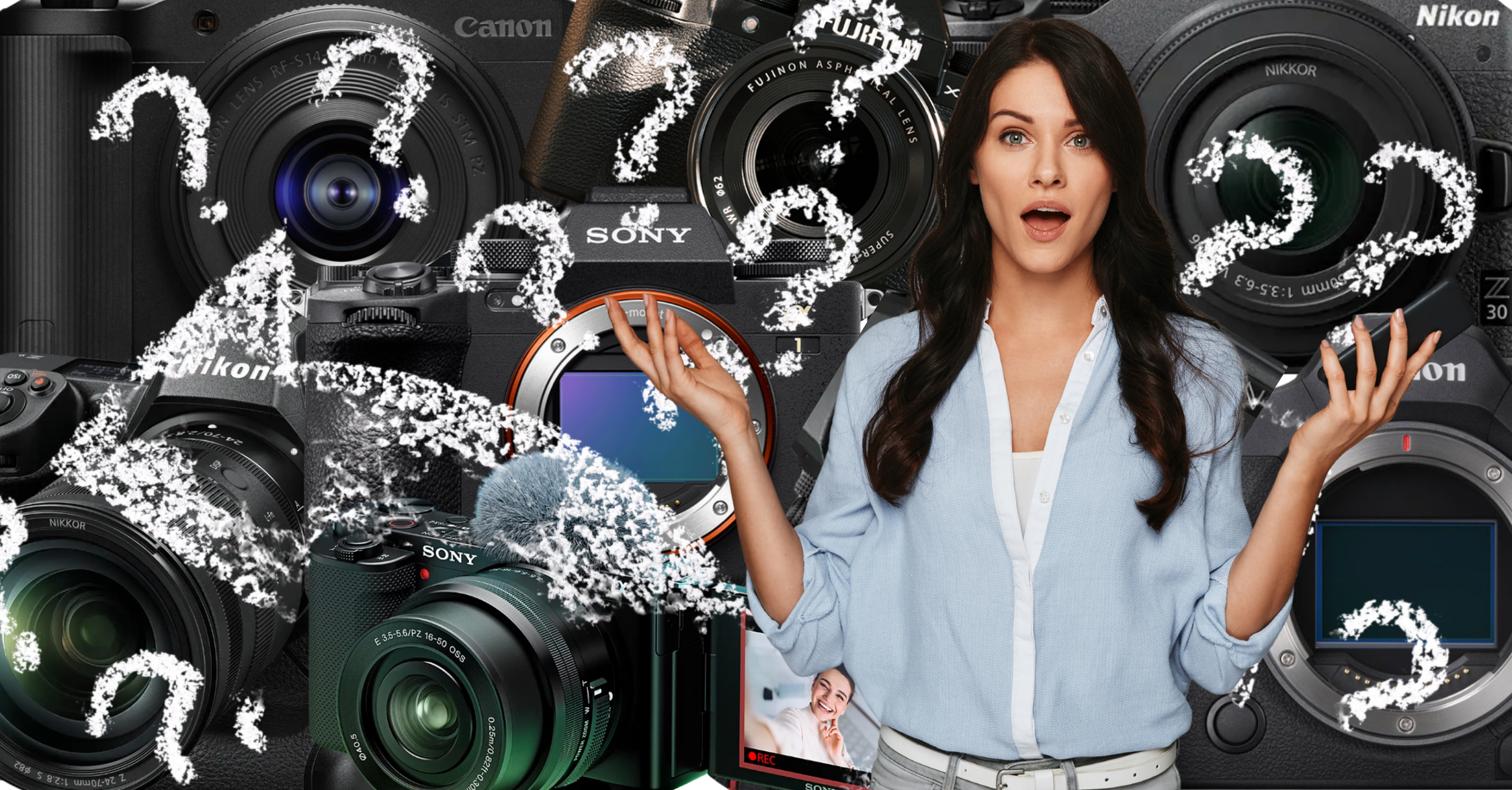
DSLR vs. Mirrorless in 2025: Which Should You Choose and Why It Matters In the fast-evolving world of photography, choosing between a DSLR and a
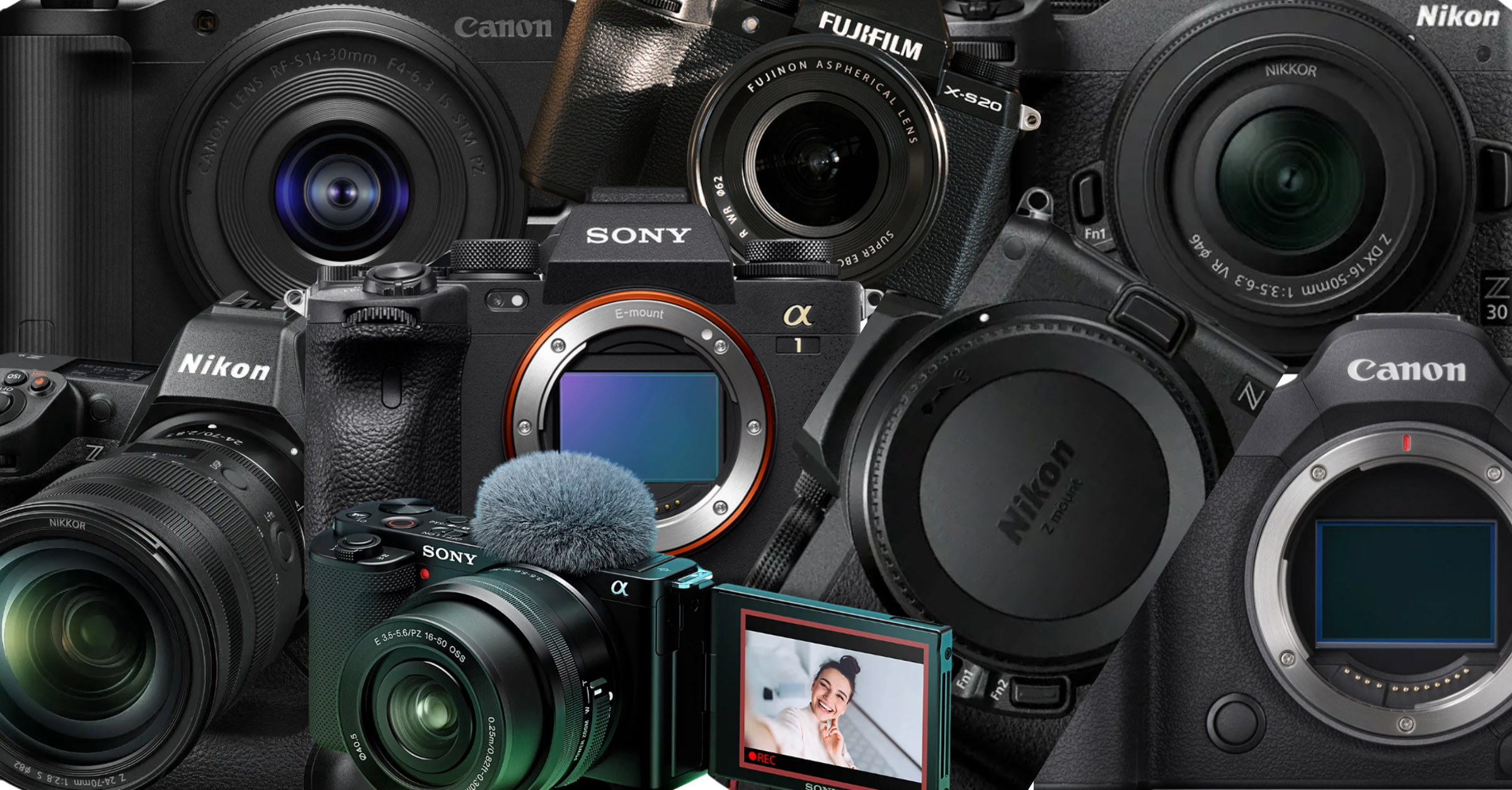
🔹 Best Cameras for Beginners (2025) 1. Canon EOS R50 Why: Compact, lightweight mirrorless with strong autofocus and image quality. Sensor: APS-C Key Features: Dual
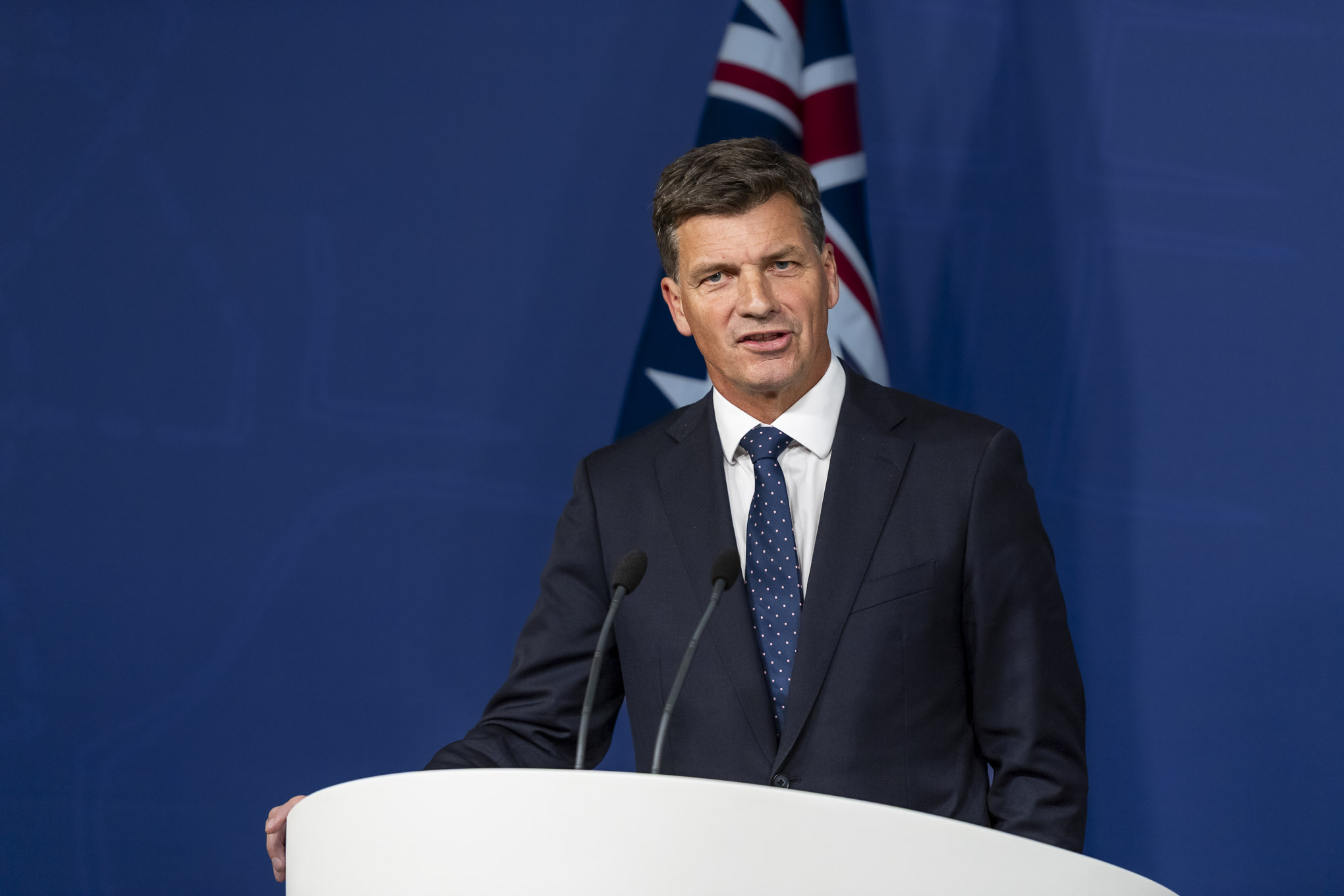
Mastering Low-Light Photography: Best Camera Settings With and Without Flash Low-light photography can be a creative playground or a technical challenge—often both. Whether you’re capturing
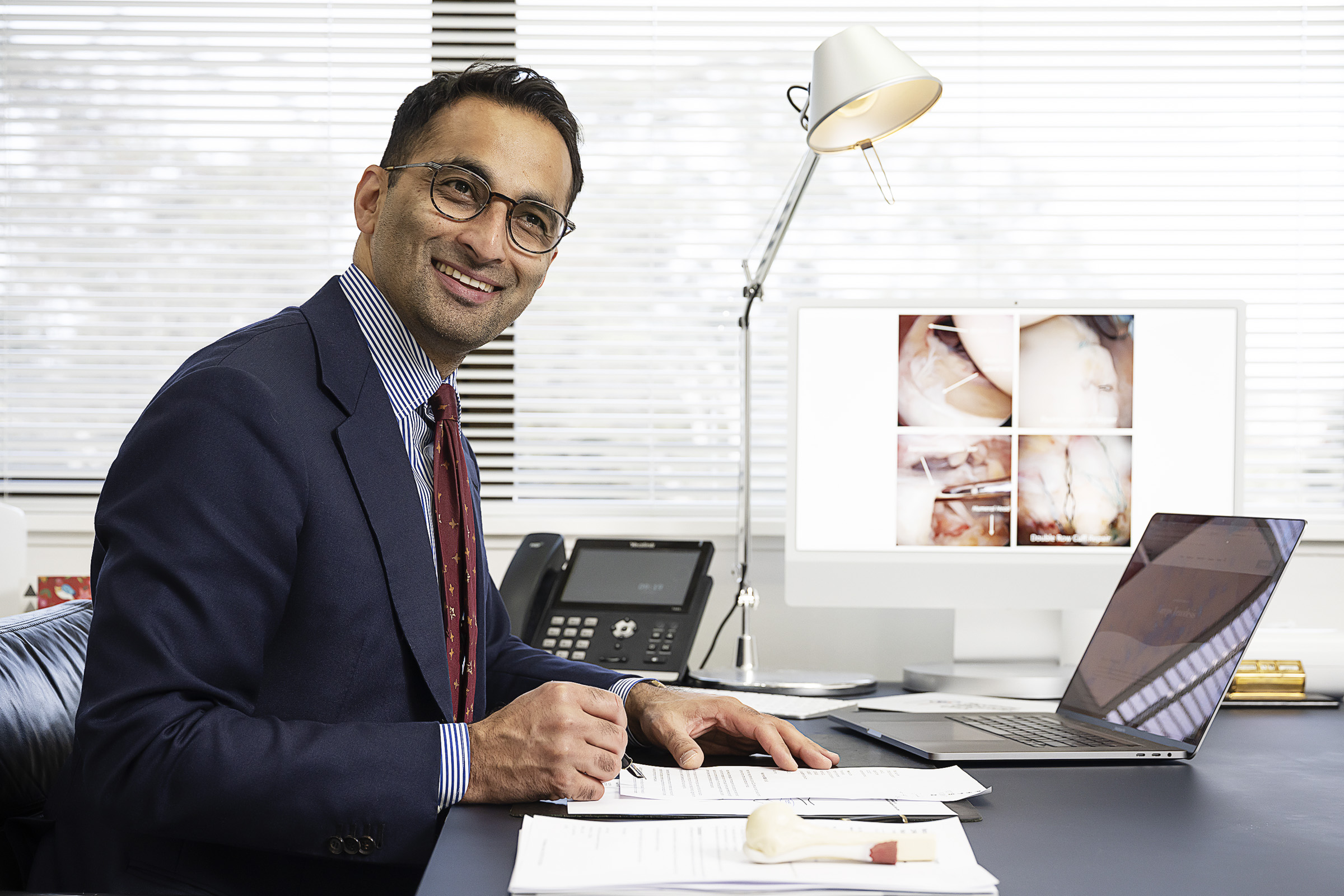
Why Posing Matters in Portrait Photography Posing isn’t about stiff limbs or forced smiles—it’s about bringing out the best in your subject. Whether you’re working
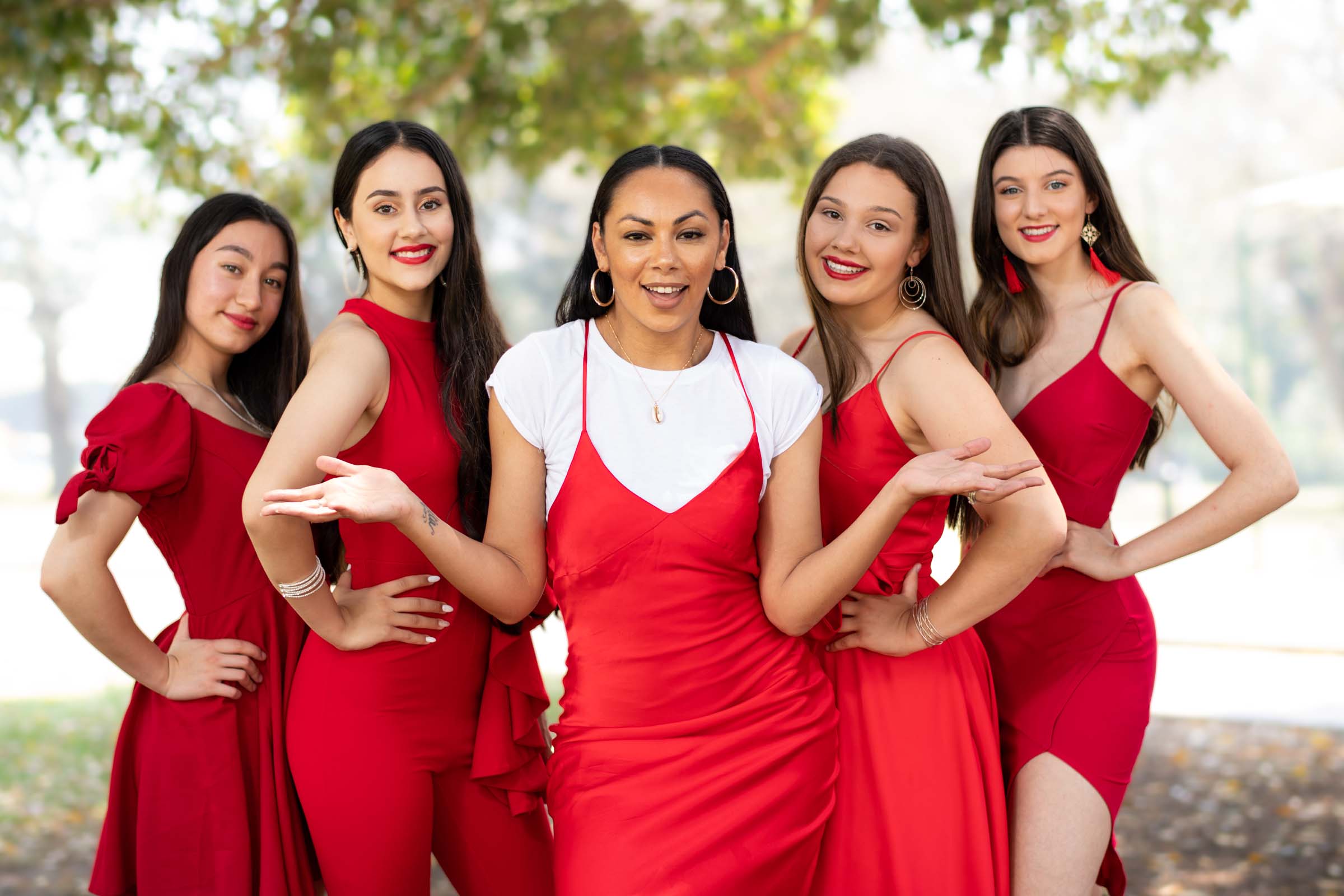
The Power of Open Body Language in Photography When it comes to capturing natural, powerful portraits, body language speaks louder than lighting, gear, or even

How Do I Balance Flash with Ambient Light Balancing flash with ambient light is a key skill that separates average photos from beautifully lit, professional-looking

A Photographer’s Guide to Creative Expansion In photography, light isn’t just an element—it’s the language we speak.And when it comes to natural light, we are
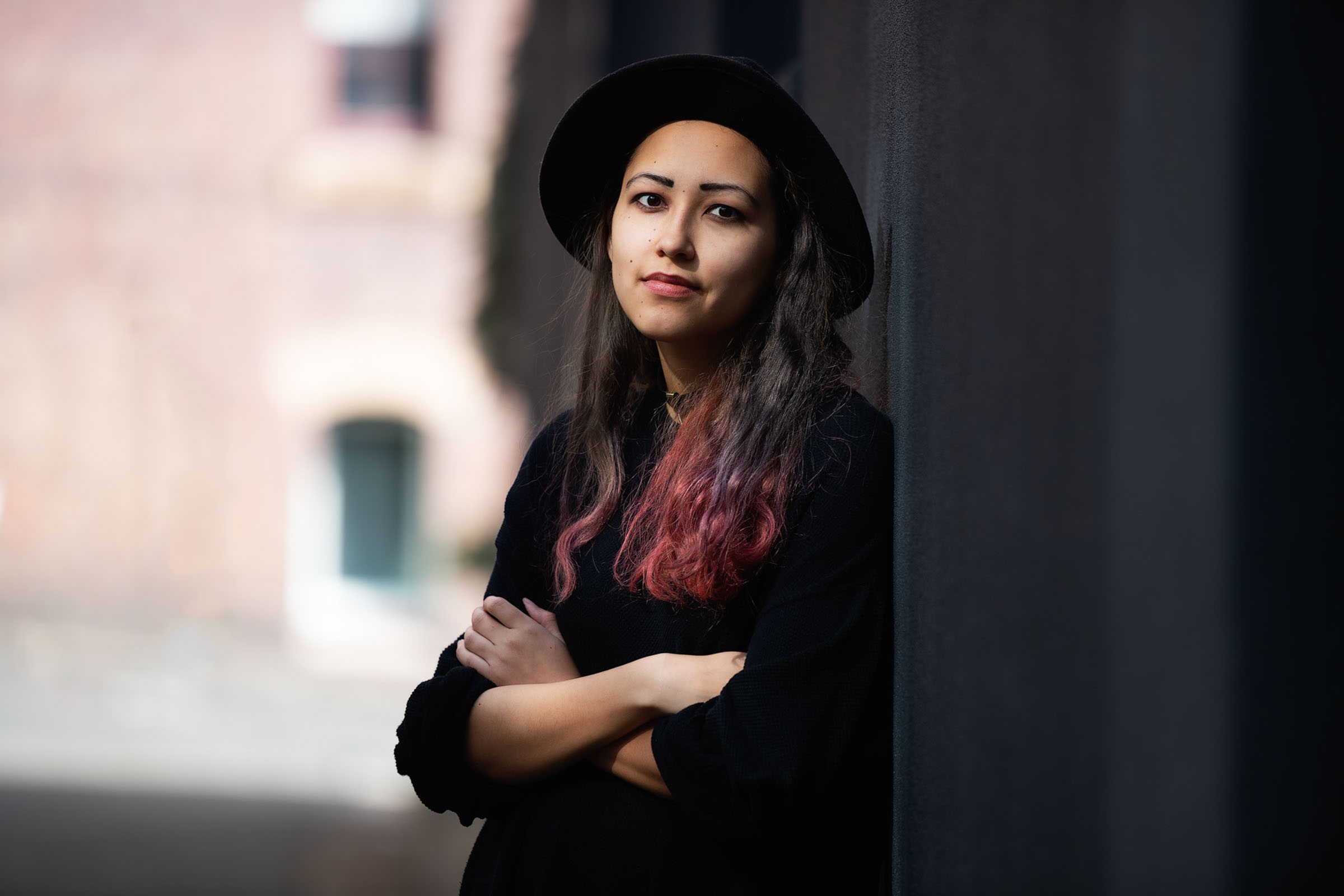
A Beginner’s Guide to Beautiful Lighting Natural light is one of the most beautiful and accessible tools in a portrait photographer’s toolkit. But to truly
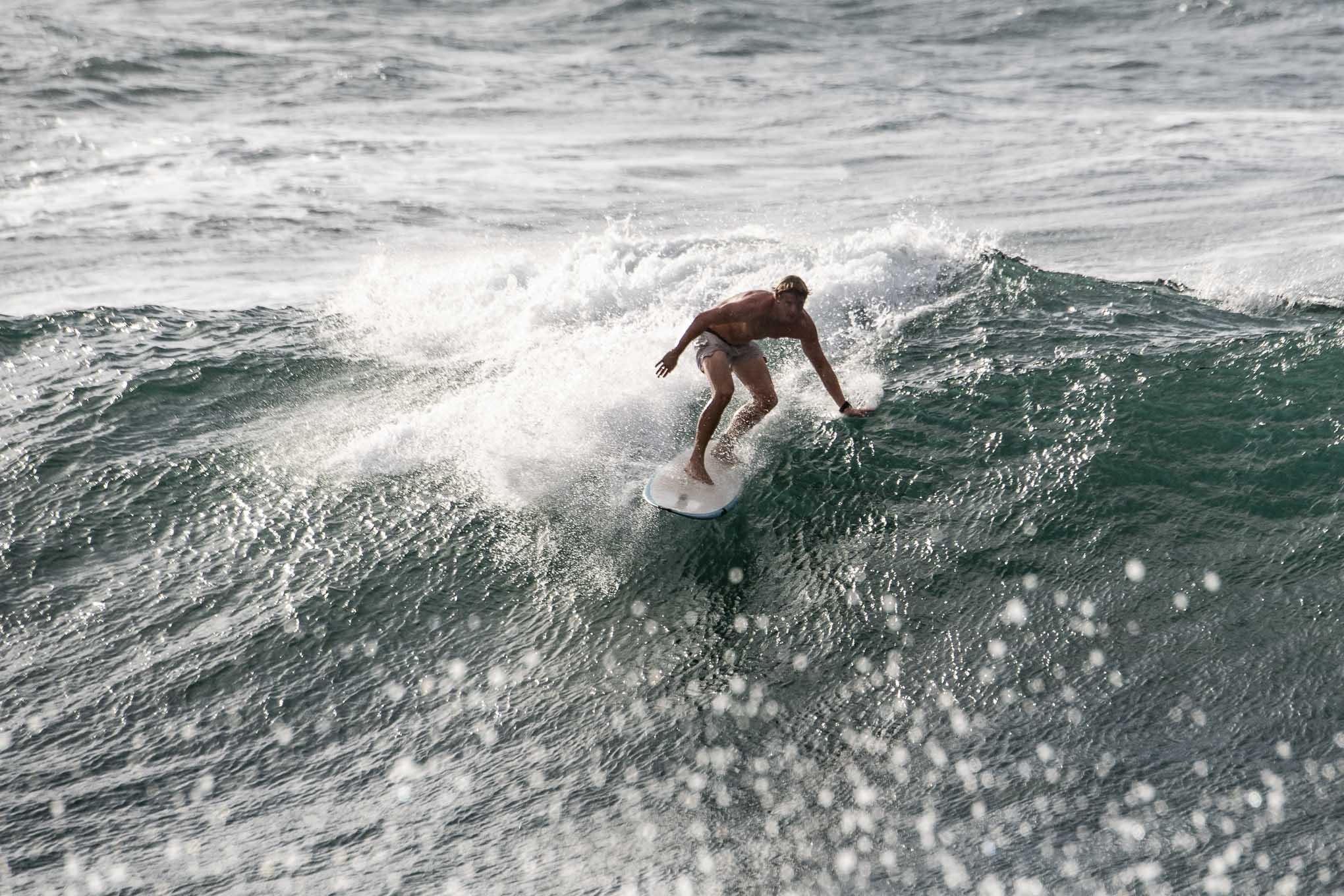
what you need to know Getting sharp images is a combination of good technique, the right settings, and proper camera handling. Here’s what you need
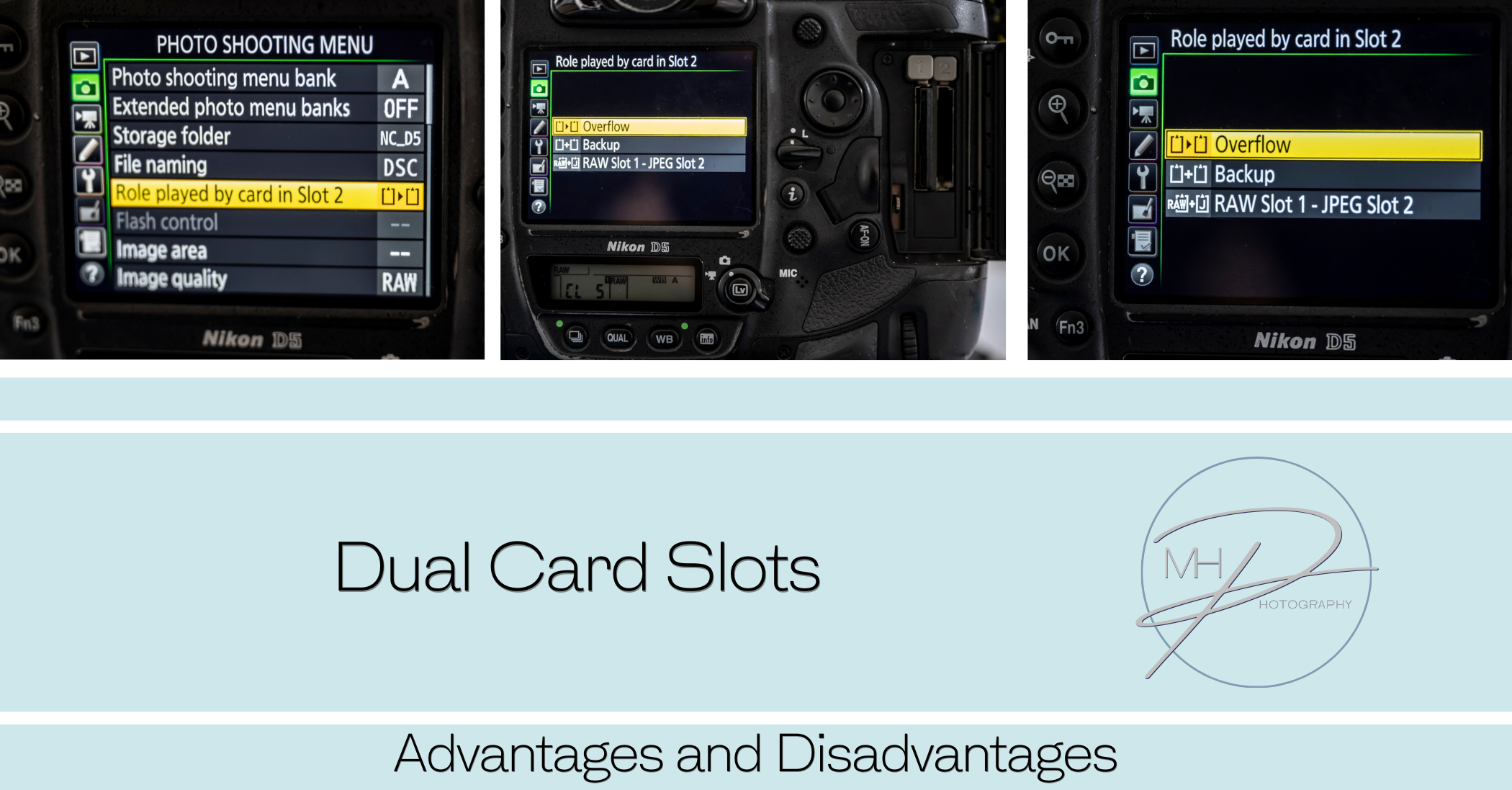
Many professional cameras offer dual card slots, allowing photographers and videographers to use two memory cards simultaneously. This feature enhances workflow efficiency, data security, and
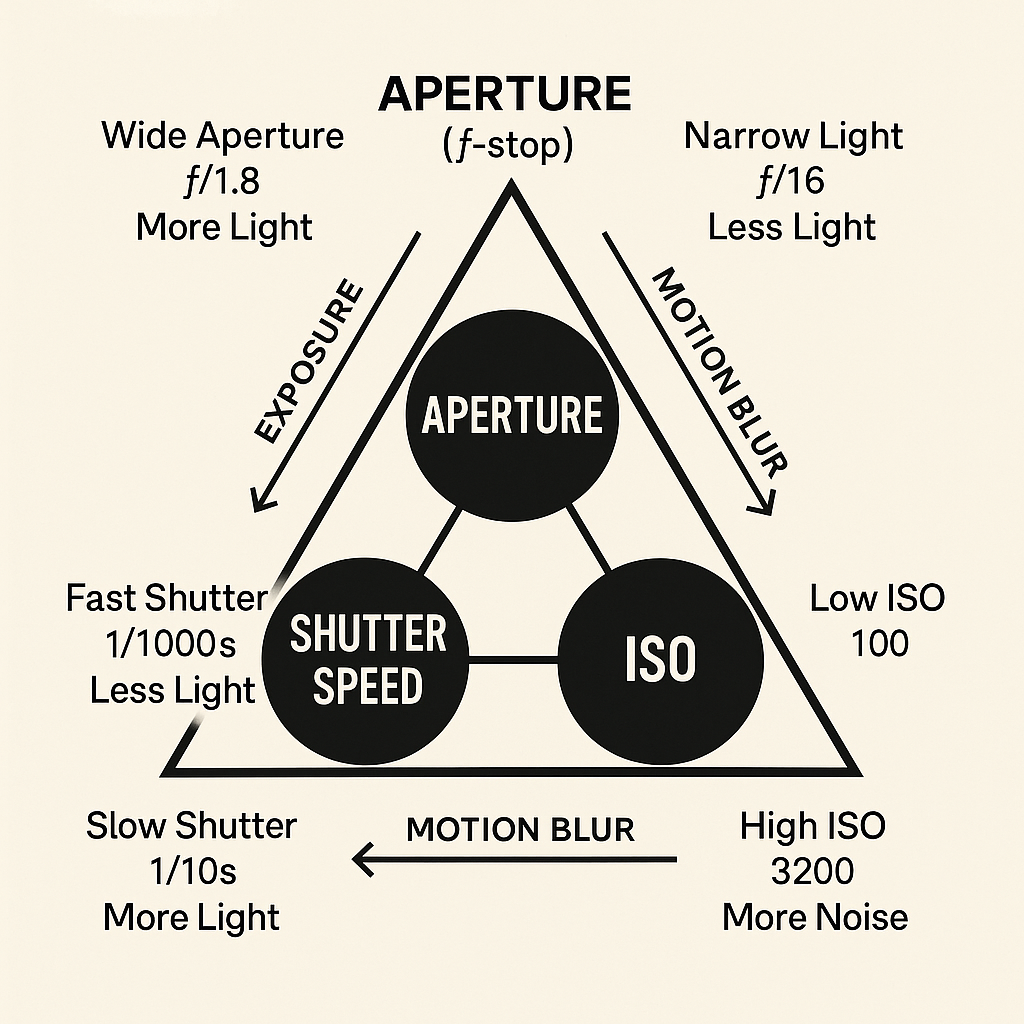
The exposure triangle The exposure triangle is a fundamental concept in photography that explains the relationship between three key elements that control the exposure (brightness